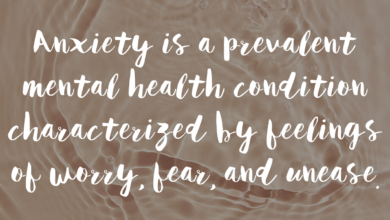Therapy for Treating Phobias — Talkspace

What Are the Best Types of Therapy for Phobias?
Therapy can help you manage your fears and live a more fulfilling life. Of course, when it comes to treatment for phobias, the best type of cognitive therapy will depend on individual needs. That said, some forms of therapy are known for their efficacy in treating phobias.
Exposure therapy
Exposure therapy is one of the most effective treatments for phobias. It involves gradually being exposed to your fear to desensitize yourself from it over time. This type of therapy works by helping you confront your fear head-on and learn how to cope with it in manageable steps.
For example, if you fear flying, in the beginning, exposure therapy might involve simply looking at related pictures or videos of planes and passengers on aircraft. Then, eventually, you’ll work up to getting on an airplane and taking off. With the constant improvement of technology, virtual reality exposure therapy is now being used.
Cognitive behavioral therapy (CBT)
CBT is another popular form of cognitive therapy for treating phobias. It focuses on changing negative thought patterns associated with your fear so you can better manage it in real-life situations.
Through cognitive behavioral therapy techniques, you’ll work closely with a therapist to identify irrational thought patterns that contribute to your anxiety disorder.
If certain conditions or objects are triggering, you can work on strategies to overcome them through cognitive restructuring techniques. These techniques include reframing negative thoughts into positive ones or challenging false assumptions about feared outcomes.
“Both Cognitive Behavioral Therapy (CBT) and Exposure therapy encourage insight and mindfulness to help you deconstruct rigid and specific fears about your phobia. Over time, increased mindfulness can help decrease stress and encourage more productive thoughts .”
Hypnotherapy
Hypnotherapy uses hypnosis as part of the treatment process. Hypnosis helps you relax deeply so you’re ready and able to access your subconscious mind and explore underlying issues causing your fears.
Hypnotherapy allows you to go through this process without feeling overwhelmed emotionally. In addition, it’s been known to reduce physical symptoms associated with severe anxiety — including rapid heart rate and sweating — making it easier to control your emotions as you work through your fear.
Eye movement desensitization & reprocessing (EMDR)
EMDR therapy combines elements from cognitive behavioral therapy (CBT) and exposure techniques but adds eye movements into the mix. It can help you reprocess traumatic memories stored within the brain, so they no longer cause distress when recalled.
Relaxation techniques
Relaxation techniques like deep breathing exercises, progressive muscle relaxation, guided imagery, mindfulness meditation, and yoga are all excellent tools for managing stress levels caused by phobic triggers.
These activities focus on calming your body down physically and reducing tension build-up. They allow you to regain control and power so you feel less helpless or powerless.
Source link
#Therapy #Treating #Phobias #Talkspace

